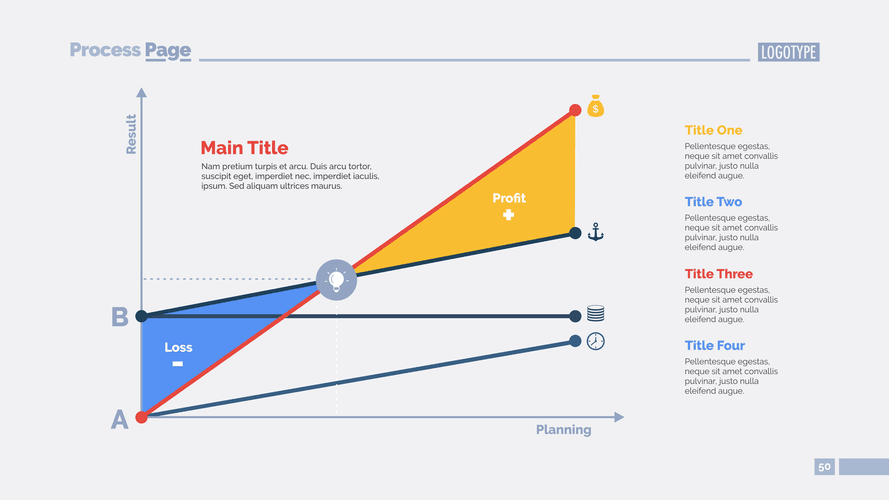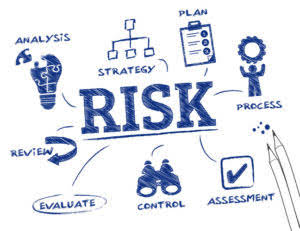At the end of the period, a count determines the remaining supplies, leading to an adjustment. If $800 worth of supplies is reduced to $200, a supplies expense of $600 is recorded by debiting supplies expense and crediting the supplies account. This ensures accurate financial reporting under accrual-basis accounting. So here in the red boxes, I want to talk about the cash basis to accrual basis.
Supplies expense is what type of account?
- Out of this, supplies costing $150 remained unused on 31 December 2016.
- She enjoys writing in these fields to educate and share her wealth of knowledge and experience.
- Supplies also play a vital role in maintaining the quality of products or services offered by businesses.
- Supplies aid in operational efficiency by ensuring smooth workflow.
- On March 19, 2021, the company ABC make another purchase of supplies amounting to $3,000 on credit.
- For example, when you record a sale, it automatically debits your cash or accounts receivable and credits your revenue account, so you don’t have to do it manually.
Credits increase your equity because they show value being added to optimal choice of entity for the qbi deduction your business. For instance, when your company keeps profits instead of paying them out, or when you or an investor puts in more capital, you credit the equity account to reflect the growth in ownership. Assets accounts track valuable resources your company owns, such as cash, accounts receivable, inventory, and property. You’ll notice that the function of debits and credits are the exact opposite of one another. Before getting into the differences between debit vs. credit accounting, it’s important to understand that they actually work together. Supplies are an essential component of procurement, which involves acquiring these items on behalf of the company.
In other words, compare your records to your bank balance to ensure everything matches. This process helps spot errors early, like missed transactions or duplicate entries and can prevent small discrepancies from turning into larger issues. The double-entry system provides a more comprehensive understanding of your business transactions. Proper accounting of business supplies involves accurately recording their initial cost and ongoing usage while balancing inventory levels with demand requirements. The normal accounting for supplies is to charge them to expense when they are purchased, using the following journal entry. Shipping materials fall under COGS rather than supplies due to their direct relation to product sales.
Get in Touch With a Financial Advisor
Likewise, the office supplies used journal entry is usually made at the period end adjusting entry. On the other hand, credits decrease asset and expense accounts while increasing liability, revenue, and equity accounts. In addition, debits are on the left side of a journal entry, and credits are on the right. When learning bookkeeping basics, it’s helpful to look through examples of debit and credit accounting for various transactions. In general, debit accounts include assets and cash, while credit accounts include equity, liabilities, and revenue.
Supplies Versus Cost of Goods Sold
When accounting for supplies, the normal approach is to charge them to expense. That is, when you buy supplies for your business, you record the cost in your supplies account. As these supplies are used, they become an expense that must be reported on the income statement as supplies expense. One advantage of debiting the supplies account is that it simplifies record-keeping by keeping all increases in expenses on the debit side. This makes it easier to track expenditures and manage budgets effectively. Additionally, debiting the supplies account allows businesses to keep a record of purchases made over time, which can help with forecasting supply needs and managing inventory levels.
Paid cash for supplies journal entry
When it comes to accounting for supplies, it is important to understand whether they are considered a debit or credit. Supplies expense is an expense account that can be one of the larger corporate expenses depending on the type of business. For certain kinds of companies, office supplies make up a significant percentage of expenses.
- It can also help you reconcile your bank accounts, generate financial reports, and keep track of expenses without all the manual work.
- Under the accrual basis, the expense is recognized when supplies are used.
- They’re going to have to tell you the supplies at the end of the period just like I have here.
- First things first—you need to know what’s actually left in your supply stash.
- Therefore, supplies expense is a type of expense account reported on the income statement.
- It reports the remaining amount of the prepaid expense, $ 2,200, as an asset on the balance sheet.
- The accounting process for office or store supplies is similar to the procedure followed for prepaid or unexpired expenses.
With just a few clicks, the software handles both sides of your transactions. For example, when you record a sale, it automatically purchase discount journal entry debits your cash or accounts receivable and credits your revenue account, so you don’t have to do it manually. In general, when supplies are purchased, they are recorded as an expense on the balance sheet which means that they will be debited. The corresponding entry will be credited against cash or accounts payable depending on how the purchase was made. Nevertheless, the administrative effort needed to do so does not normally justify the increased level of accounting accuracy, and so is not recommended.
Conversely, if you’re reducing the amount of supplies in your possession, then this calls for a credit entry. A business supply refers to any product or service that a company uses to run its operations. It can include office supplies, cleaning materials, and even raw materials for manufacturing. Supplies are essential items without which a company cannot function smoothly.
This entry reduces the supplies account to $200 and records a supplies expense of $600. Ultimately, whether choosing to debit or credit supplies depends on what works best for your company’s needs and goals. However, regardless of which method you choose, always ensure proper documentation and record-keeping practices are followed. On the other hand, one disadvantage of debiting the supplies account is that it may not accurately reflect cash flow since suppliers may require payment at a later date. Crediting the supplies account instead would more accurately reflect when cash leaves the business. Make it a habit to reconcile your accounts with your bank statements regularly — whether that’s weekly or monthly.
The Green Company purchased office supplies costing $500 on how to use depreciation and amortization for your financial reports 1 January 2016. Out of this, supplies costing $150 remained unused on 31 December 2016. Record supplies expenses upon consumption, not purchase, for precise reporting. Establish specific intervals, such as monthly or quarterly, for reviewing and recording used supplies.









